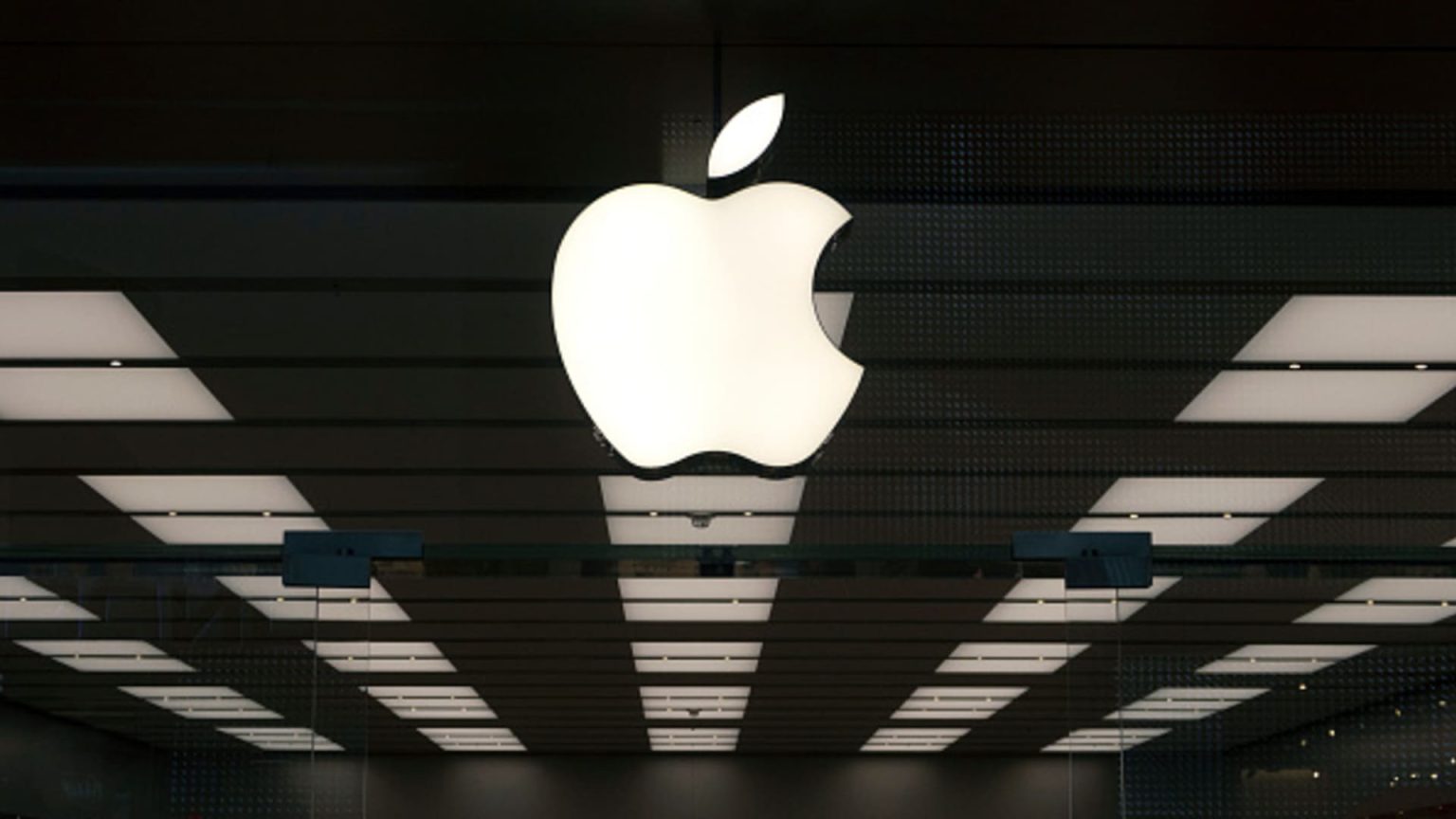Last week, Apple announced the unprecedented buyback along with fiscal 2024 second-quarter results that showed concerns about iPhone sales and China’s weakness were overblown. With more records set for its installed base of active devices and services in Q2, Apple stock rose nearly 6% on Friday. Apple also exited the quarter with roughly $162 billion in cash, equivalents, and marketable securities on the balance sheet, with a net cash position of about $58 billion after debt. This net cash position is important because Apple aims to be net cash neutral over time, ensuring that excess cash generated every quarter will make its way back to shareholders via buybacks and dividends. Apple leans more heavily on the buyback side of capital returns, a core tenant of its investment thesis, as it lacks topline growth but makes up for it with ecosystem strength, customer loyalty, and a competitive moat characterized by high switching costs and pricing power.
To understand the impact of Apple’s buybacks on earnings, assuming no topline growth and no margin expansion, let’s consider the fiscal 2024 estimate of about $387.5 billion in revenue with a 26.1% net income margin resulting in about $100.62 billion in net income. With roughly 15.54 billion outstanding shares, this translates to an EPS estimate of $6.48. Valued at 28 times earnings, this results in a share price of about $182 each, around where it was trading on Wednesday. By continuing to deliver $100.62 billion in net income while repurchasing $100 billion worth of shares each year, the buyback alone grows earnings and the share price by a rate of nearly 3.7% per year. When combined with operational improvements, this could result in an expected five-year CAGR of about 8.5%, making the total annual return closer to 9% with an additional 0.55% dividend yield at the current stock price.
Current estimates project Apple’s free cash flow growing from about $100 billion in 2023 to over $140 billion by 2029. With the company expected to generate more in free cash flow than income going forward, Apple could likely do share repurchases greater than $100 billion on average in the coming years if cash flow estimates play out. Apple’s potential in the Vision Pro, AI enhancement, and hardware refresh cycle may not be fully appreciated on the Street, making the risk/reward highly attractive. With a fortress-like balance sheet, Apple is less risky than the average stock, maintaining its safe-haven status even in challenging economic environments. Apple controls its own destiny with nearly $60 billion in net cash on the balance sheet and over $100 billion in free cash flow annually, positioning the company to weather business cycles and come out stronger.
As an investor, owning Apple shares offers the potential for significant returns through buybacks, dividends, and operational improvements, making it an appealing long-term investment. Apple’s commitment to returning excess cash to shareholders and its strong ecosystem, brand loyalty, and balance sheet provide a sense of safety and stability in an ever-changing market environment. With a favorable risk/reward profile and the potential for growth driven by innovation, Apple remains a compelling investment opportunity for patient long-term shareholders. The company’s history of consistent performance and strategic decision-making further solidify its position as a leader in the technology industry, offering potential for continued growth and value creation for investors.













